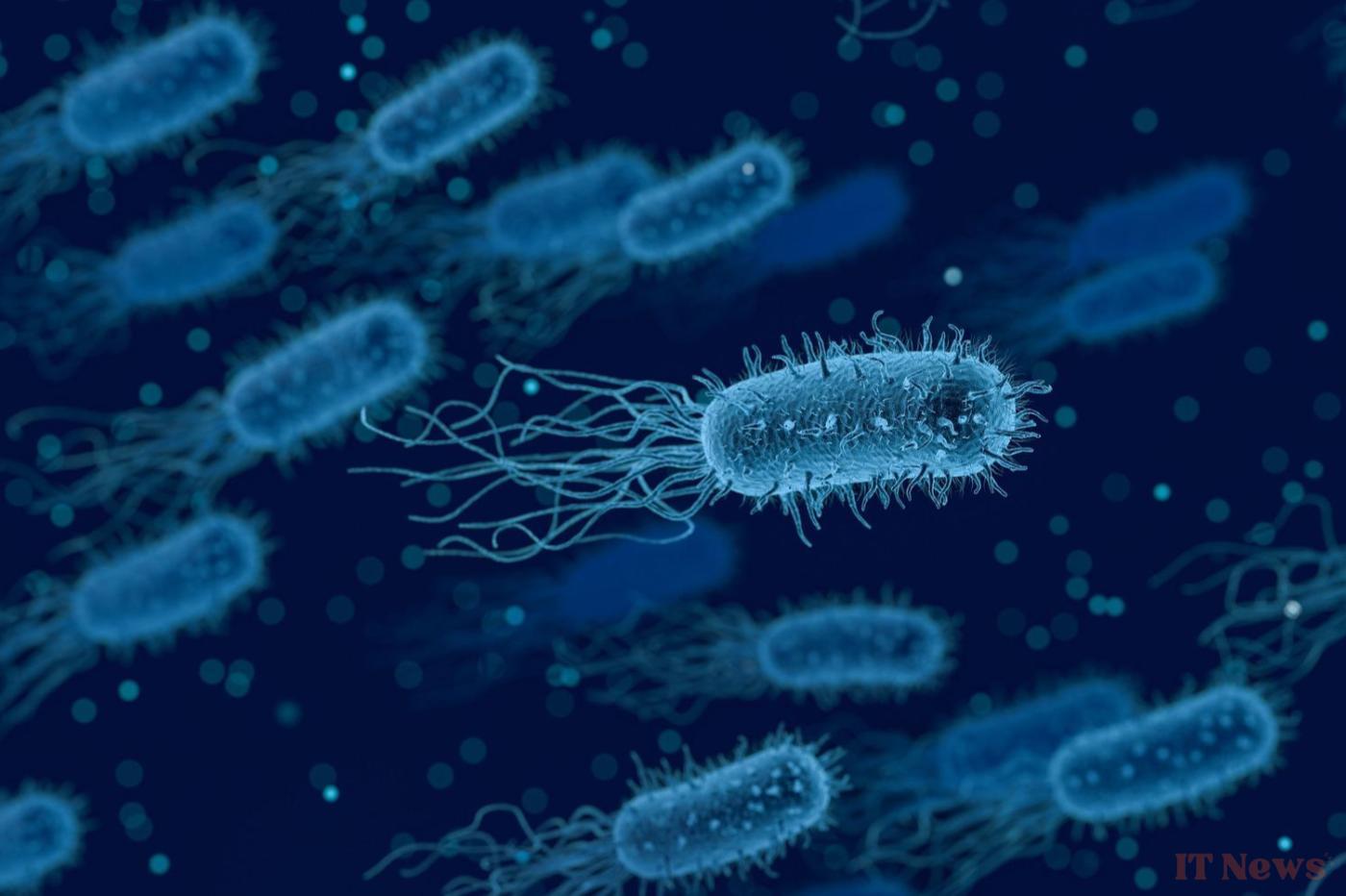Producing energy without lithium, cobalt, or toxic chemicals? This is the idea behind a brand new battery developed by a team of Chinese researchers from the Chinese Academy of Sciences in Shenzhen. Their invention uses a bacterium well-known to the scientific world, Shewanella oneidensis MR-1, capable of generating electricity from its biological activity.
A useful battery… but not for running a computer
The prototype is the size of a classic button battery (20 mm in diameter, 3.2 mm thick). It works thanks to a living hydrogel, a gelatinous material that contains the famous bacteria. The latter are encapsulated in an alginate matrix (a component derived from algae), where they remain active throughout the operating time. The result: a small battery capable of producing electricity... all by itself.
The system is completed by an ion exchange membrane and a cathode containing ferricyanide. The system can be 3D printed, with shapes adapted to different uses—an advantage if medical applications are targeted.
In terms of performance, this bio-battery won't immediately replace your smartphone. It has a maximum power of 8.31 µW/cm², a specific capacity of 0.4 mAh/g, and an energy density of 0.008 Wh/L—figures well below current lithium-ion batteries. But that's not the goal. The idea here is to offer a cleaner alternative for powering small devices, such as medical sensors, implants, or wearables.
Another interesting feature: the system can recharge itself, thanks to the bacteria's metabolism. Tests show that it can withstand up to ten recharge cycles, with an efficiency of 99.5%—in other words, very little energy loss. And most importantly, the bacteria remain healthy: they retain a viability greater than 97% at the end of the cycles.
The researchers also showed that this small battery could be used to electrically stimulate nerves, notably the sciatic nerve and the vagus nerve. This type of controlled stimulation could eventually play a role in medical treatments or physical therapies.
Even though it's only a prototype, this living battery shows that it's possible to produce electricity differently, with biodegradable materials and without extracting scarce resources. It's another step toward more environmentally friendly energy systems, provided that researchers find a way to increase power without harming living things.



0 Comments